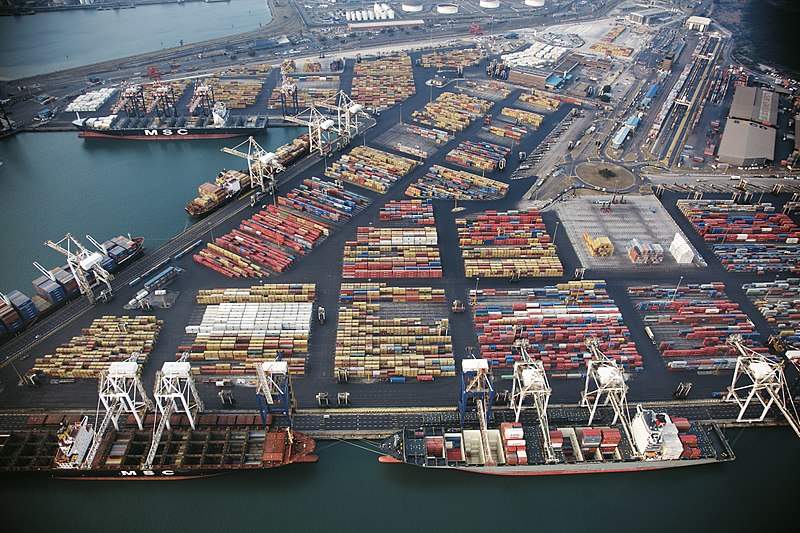
Red Sea crisis causes surge in vessel calls and congestion at African ports
NEW YORK : “The Red Sea crisis is highlighting the wide gap in efficiency between ports in Africa and other world regions, despite heavy investment in port infrastructure on the continent over the past decades, particularly under China’s Belt and Road program”, said Mr. Turloch Mooney, Global Head of Port Intelligence & Analytics at S&P Global Market Intelligence:
S&P Global Market Intelligence issued a report on the matter. Its main highlights include the following:
Business at the main Middle East container ports improved in the last quarter of 2023 compared to the same period last year with most of the region’s main ports registering growth in quantity of container moves handled. Notable exceptions were ports heavily impacted by the shipping disruption at the Red Sea and Suez Canal.
The Port of Aden, at the eastern approach to the Red Sea, and Port Said, at the mouth of the Suez Canal, registered a decline in vessel calls in the quarter due to the significant disruption to shipping in the region in the quarter.
Business at the main African container ports improved in Q4 2023 year over year (y/y) with many of the main ports registering growth in vessel calls and container moves, which placed additional strain on terminal and port infrastructure in the region.
With some exceptions, terminals in Africa struggled to cope with the rising calls and container volumes, resulting in extended ship waiting times, and lower ocean and yard productivity at many of Africa’s main ports.
Port productivity declined by more than 18% at the main African ports, largely driven by a major deterioration in vessel waiting times. However, the ports of Tanger-Med and Mombasa bucked this trend and managed to improve productivity despite significant growth in the volume of containers handled.
Yard productivity at the main African ports declined during Q4 2023. Import container dwell time—the amount of time containers needed to sit in terminals after unloading from vessels and before pick up at terminal gates—increased by nearly 10% to 5.4 days, while export container dwell time increased by nearly 90% to more than 8.5 days.
Almost one third of the bottom 50 ports in the World Bank–S&P Global Market Intelligence Container Port Performance Index were located in Sub-Saharan Africa, where inefficient ports continue to drag on the development of the continent’s trade sector and hamstring ambitions for greater participation in international supply chains.
